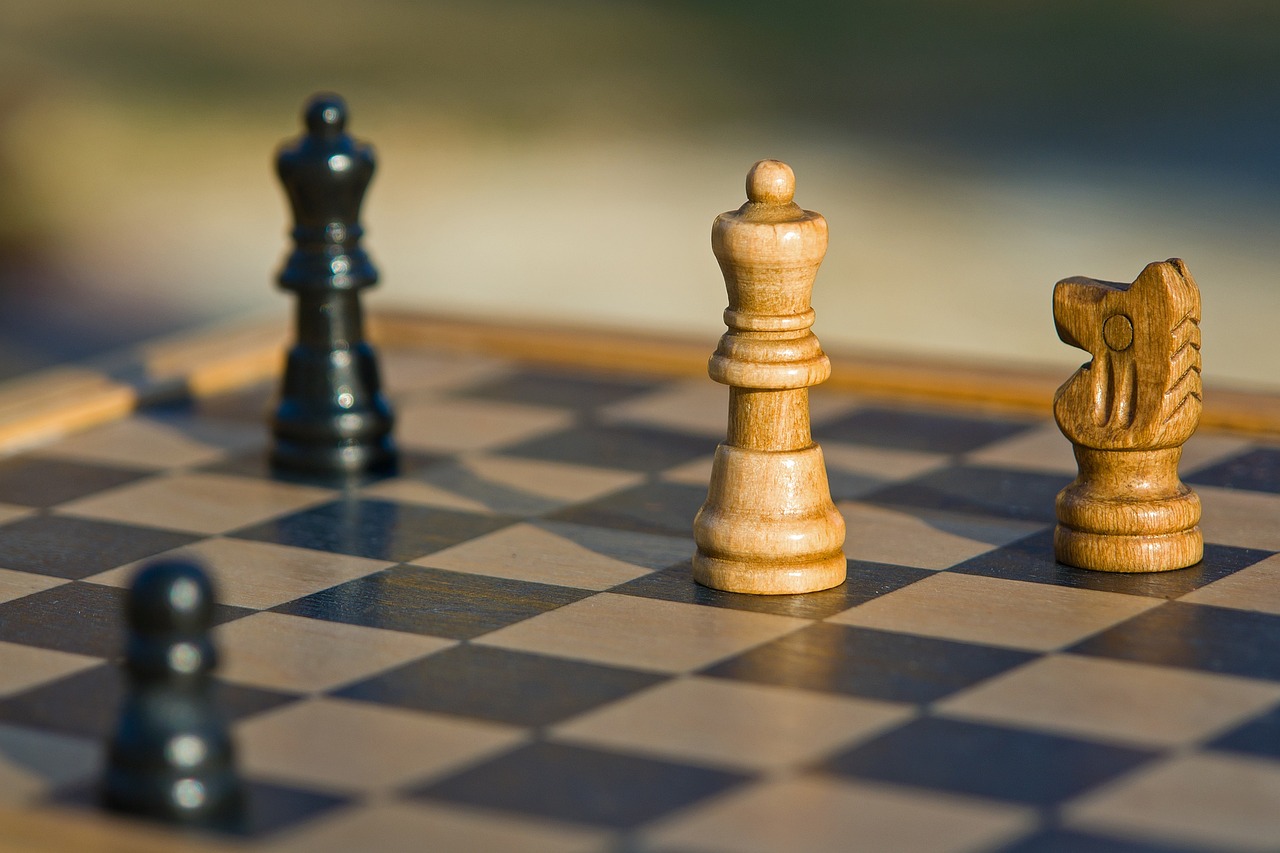here are 30 fun facts about the popular game of chess:
- Origins: Chess likely originated in northern India in the 6th century AD in the Gupta Empire.
- From India to Persia: The game was taken from India to Persia, where it was named ‘Shatranj’.
- Chess Pieces: The oldest known chess pieces, the Lewis chessmen, were found in Scotland and are thought to be of Norse origin.
- Checkmate: The term ‘checkmate’ comes from the Persian phrase ‘shah mat,’ meaning ‘the king is helpless.’
- Modern Chess: The game was transformed into its current state in Europe during the late 15th century.
- Queen’s Power: The queen gained her powerful range of movement in the mid-15th century during the reign of Queen Isabella of Castile, Spain.
- Chessboards: The number of possible unique chessboards is greater than the number of atoms in the universe.
- Longest Game: The longest possible chess game can go up to 5,949 moves.
- Computers and Chess: The first computer program built to play chess was created in 1951.
- Chess Olympiad: The Chess Olympiad is an international competition held every two years. The first event was held in 1927.
- FIDE: The Fédération Internationale des Échecs (FIDE) or World Chess Federation, was founded in 1924.
- Chess Grandmasters: The title of Grandmaster, the highest title a chess player can attain, was first instituted in 1950.
- Youngest Grandmaster: Sergey Karjakin holds the record for the youngest grandmaster at the age of 12 years and 7 months.
- First Woman Grandmaster: The first woman to earn the Grandmaster title was Nona Gaprindashvili in 1978.
- Chess in Space: The first game of chess played between space and earth happened in 1970 when the Soyez-9 crew played against the ground control team.
- En Passant: En passant is a special pawn capture move that can only occur under very specific conditions.
- Promotion: In chess, a pawn can be promoted to any piece a player chooses if it reaches the opponent’s side of the board.
- Castling: Castling is the only move that allows a player to move two pieces in one turn.
- Pawn Structure: A game of chess can start with 400 different possible moves, considering different pawn structures and piece development.
- Blindfold Chess: Some skilled players can play blindfold chess, where they cannot see or touch the pieces.
- AI in Chess: In 1996, IBM’s Deep Blue became the first computer to defeat a reigning world chess champion (Garry Kasparov) in a game under tournament conditions.
- 2D to 3D: There are 3D versions of chess, with the third dimension adding an entirely new level of complexity.
- Number of Possible Games: There are more possible iterations of games in chess than there are atoms in the observable universe.
- Endgame: The fewest number of pieces needed to checkmate (forced moves) is two (King and Queen, King and Rook, or two Bishops with the King).
- Bobby Fischer: Bobby Fischer, considered one of the greatest chess players of all time, won the World Chess Championship in 1972.
- Chess in Schools: In some countries, including Armenia and Hungary, chess is acompulsory subject in schools.
- Computer-Generated Moves: Chess engines, such as Stockfish and AlphaZero, use complex algorithms to determine the best moves.
- Chess Ratings: The Elo rating system, which is used to calculate the relative skill levels of players, was named after its creator Arpad Elo.
- Simultaneous Games: Some master-level players can play simultaneous games. The record for the most simultaneous games played is 604, set by Grandmaster Susan Polgar in 2005.
- Films and Chess: Chess has been a crucial part of several popular films, such as “Searching for Bobby Fischer”, “The Seventh Seal”, and “Pawn Sacrifice”.
Facebook Comments


































